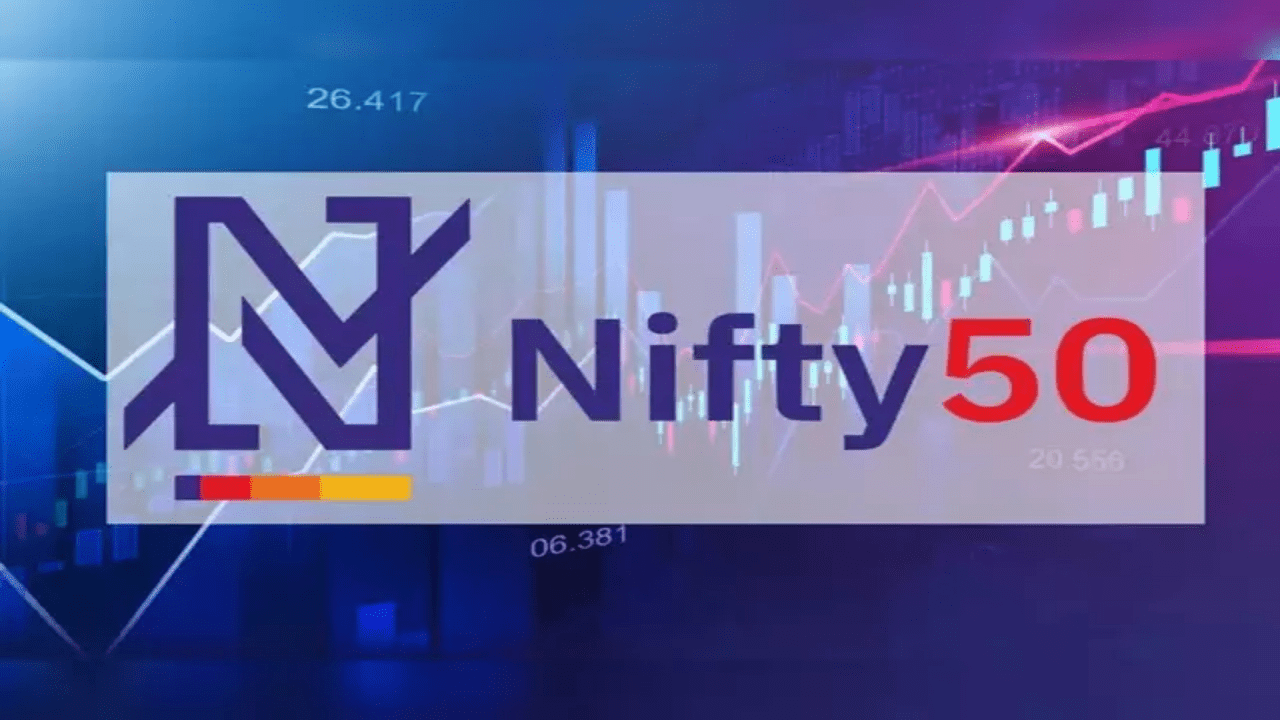Nifty 50: Key Milestones and Factors from 1990 to 2024
The Nifty 50 index, established in April 1996, serves as a crucial barometer for India’s economic performance. As an index based on the top stocks from the National Stock Exchange (NSE), it represents the broader Indian equity market. The NSE, founded in 1992, aimed to modernize India’s capital markets and provide a robust platform for trading securities. Consequently, the Nifty 50 has become a key gauge for the country’s financial health.
Overview of the Nifty 50 Index
Managed by NSE Indices (formerly India Index Services & Products Limited), a subsidiary of NSE Strategic Investment Corporation Limited, the Nifty 50 was designed to reflect the performance of the top 50 companies listed on the NSE. These companies are selected based on criteria such as market capitalization, liquidity, and trading volume. The index spans 13 sectors of the Indian economy, providing a comprehensive market exposure. As of July 2024, the index’s sector allocation includes 34.44% in financial services, 12.52% in information technology, 12.56% in oil and gas, 8.04% in consumer goods, and 8.5% in automotive.
Major Milestones (1990-2024)
The Nifty 50 index has experienced significant growth and resilience over the years:
- 0-1,000 Points: The index reached its first 1,000 points in 333 trading sessions, marking a slow but steady start.
- 1,000-2,000 Points: The pace accelerated, with the index moving from 1,000 to 2,000 points over 2,819 trading sessions.
- 2,000-3,000 Points: This range, covered in 513 trading sessions, highlights the index’s adaptability to market changes.
- 6,000-7,000 Points: The journey between these points took 1,608 trading sessions, indicating a phase of consolidation.
- 9,000-10,000 Points: It took 21 years, eight months, and 21 days to reach 10,000 points on July 25, 2017.
- 20,000-21,000 Points: The index surged from 20,000 to 21,000 in just 60 trading sessions, closing at 20,969.4. This milestone followed a steady climb post-2017, reaching 20,000 on September 11, 2023. On July 12, 2024, the Nifty 50 hit a record high of 24,592.20, closing at 24,502.15.
Major Highs and Lows
The Nifty 50 index has faced several highs and lows due to various factors:
- Major Gains: Significant gains were observed between 2020 and 2021, with notable surges on April 7, 2020, and February 1-2, 2021. These gains were driven by positive developments such as the peak of infection numbers and favorable budget announcements. Another surge occurred on February 15, 2022, following news of Russia withdrawing troops from Ukraine.
- Major Dips: The COVID-19 pandemic led to substantial declines, with daily losses ranging from 4.90% to 12.98% in March 2020. Additionally, the Russia-Ukraine conflict caused drops, including a 468.05-point fall on January 24, 2022, and a 531.95-point drop on February 14, 2022.
Factors Affecting Nifty’s Movement
Several factors influence the Nifty 50 index:
- Bond Yields: Fluctuations in bond yields can affect the Nifty. Rising yields can devalue existing bonds and negatively impact the index, while lower yields can have the opposite effect.
- Repo Rates: Changes in the Repo rate, set by the RBI, influence borrowing costs for banks and can impact the Nifty through economic effects.
- Local Economic Factors: Indicators like the Industry Production Index (IIP) affect the Nifty. An increase in IIP can positively impact the index, and vice versa.
- Global Economic Factors: Global market trends and events, such as changes in the S&P 500 or Nikkei indices, can also impact the Nifty 50.
The Nifty 50 index remains a vital tool for understanding the dynamics of India’s financial markets, reflecting both local and global economic influences.
Also read this: https://skipperpk.com/2024/09/06/72sold-reviews-is-it-the-fastest-route-to-higher-real-estate-commissions/














Post Comment